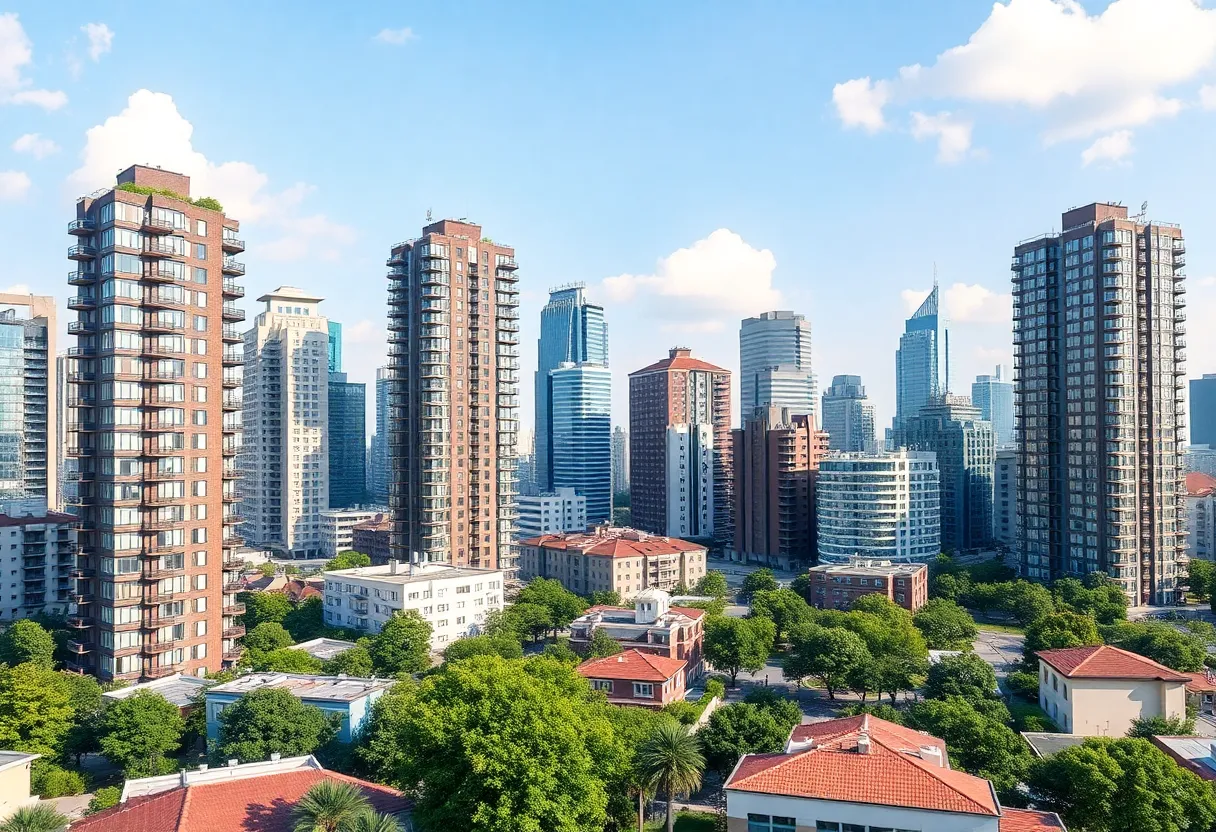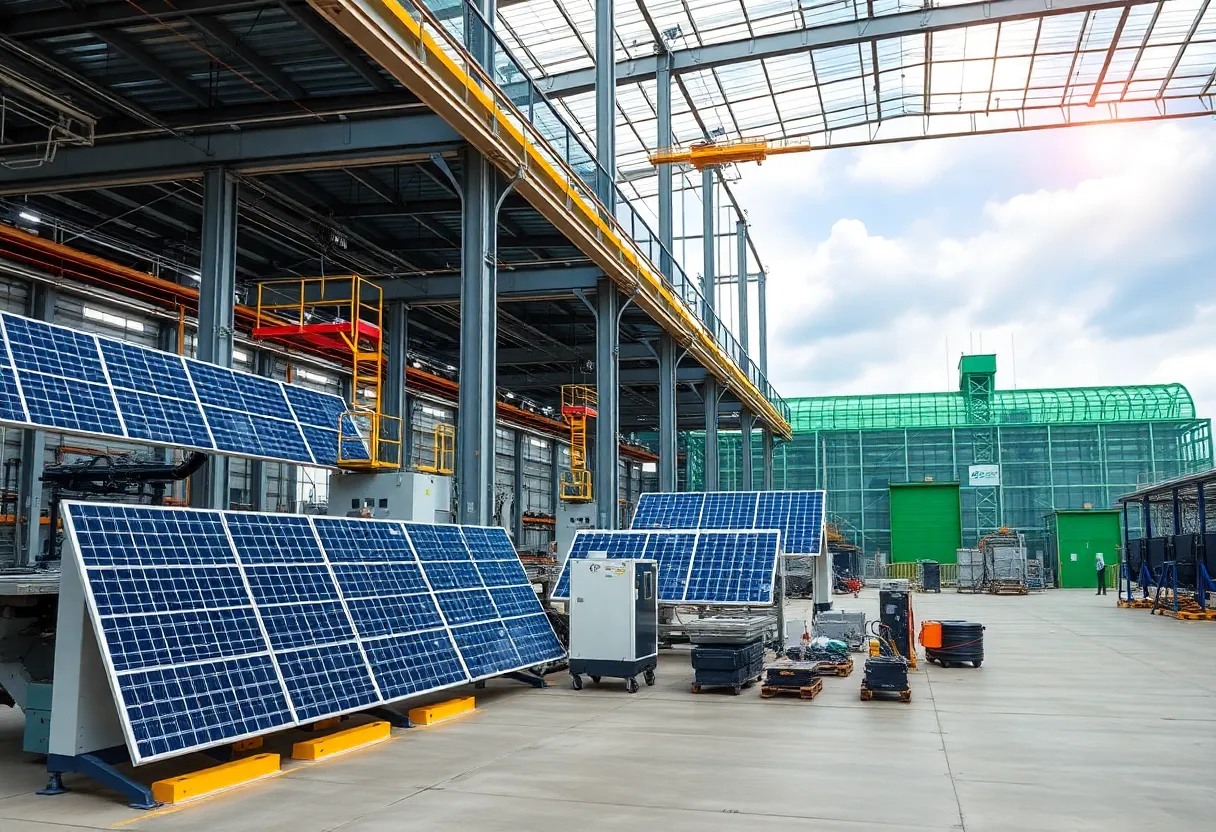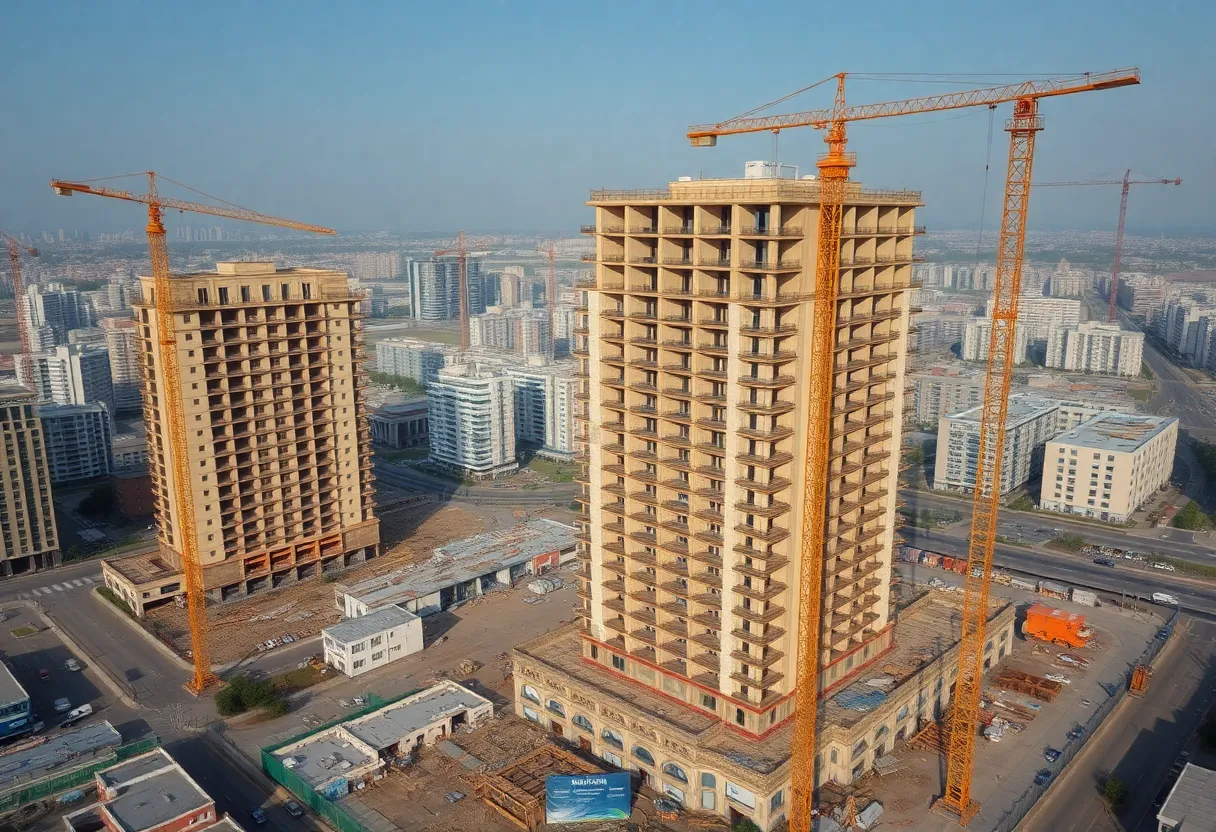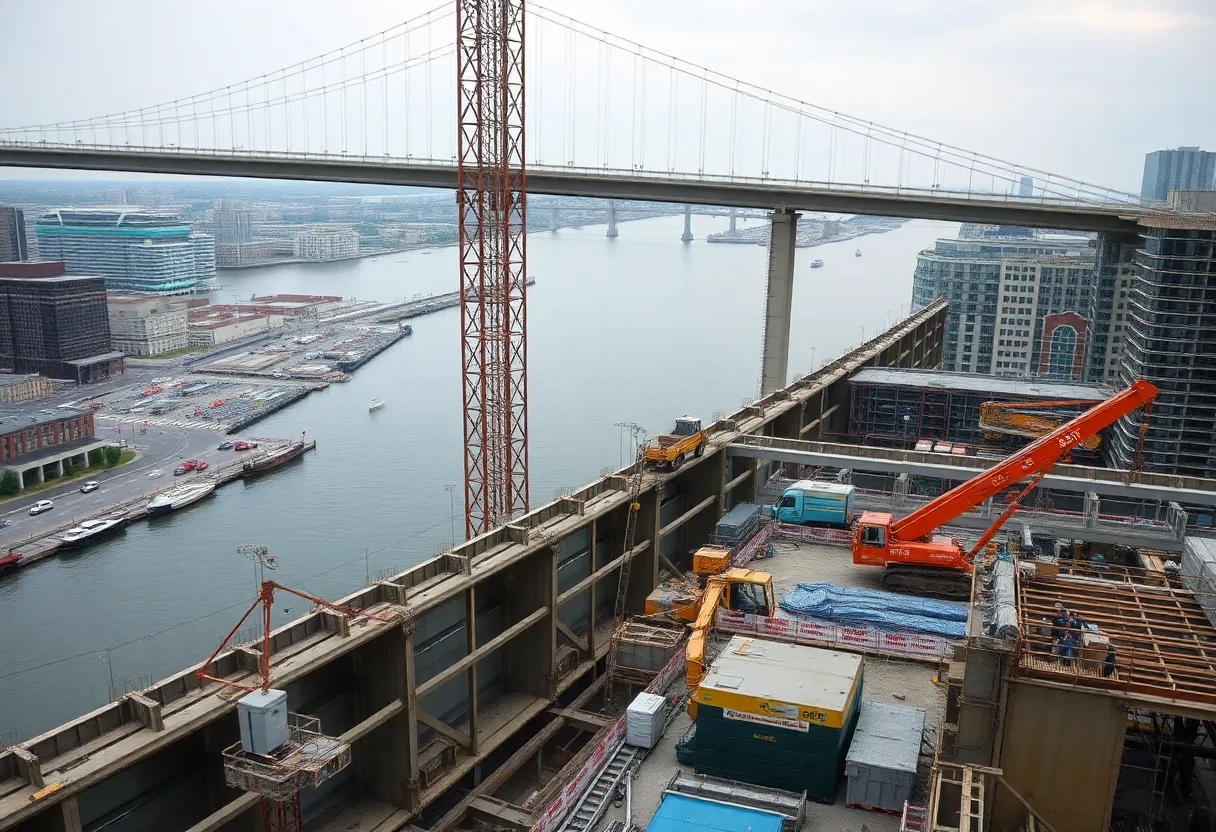News Summary
US office markets are entering a growth cycle, with a notable drop in vacancy rates as businesses return to urban locations. Rental rates in major cities like New York and San Francisco have surged by 10% year-over-year, reflecting strengthened market conditions. Developers are repurposing vacant offices into hybrid office-residential complexes to meet demand, while infrastructure investments are up by 15% with a focus on green building certifications. Analysts predict market stability through 2026, driven by a recovery in economic activity and a shift towards in-person collaboration.
US Office Markets Enter Growth Cycle Amid Declining Vacancy Rates
New York – US office markets are experiencing a notable growth cycle, with vacancy rates dropping as businesses increasingly return to central urban locations. This trend reflects a broader recovery in the commercial real estate sector, driven by shifting work patterns and rising demand for office spaces.
In major cities such as New York and San Francisco, rental rates have risen by 10% year-over-year, highlighting the strengthening market conditions. Developers are adapting to this demand by converting vacant office spaces into hybrid office-residential complexes, which combine workspaces with living areas to attract a wider range of tenants. This repurposing effort is helping to revitalize underutilized properties and meet the needs of modern businesses.
Investment in infrastructure has also increased, with a 15% rise in funding for projects that include green building certifications. These certifications promote environmentally friendly construction practices, such as energy-efficient designs and sustainable materials, which are becoming essential for new developments. The growth cycle is further fueled by a surge in demand for skilled labor, leading to expanded apprenticeship programs that train workers in areas like construction, engineering, and building management.
Analysts forecast market stability through 2026, largely due to remote work fatigue, where employees and companies seek more in-person collaboration. This shift is boosting employment opportunities in urban areas, as the recovery stimulates economic activity in city centers. E-commerce giants are at the forefront of these changes, implementing adaptive real estate strategies to optimize their operations and support hybrid work models.
Supporting this upward trend, the decline in vacancy rates indicates a return to pre-pandemic levels in many regions. For instance, businesses are prioritizing central locations for better accessibility and employee retention, which has directly contributed to the rental rate increases. Developers’ focus on hybrid complexes not only addresses current demands but also prepares for long-term urban development needs.
Background on this growth cycle stems from the challenges faced during the pandemic, when remote work led to higher vacancy rates and reduced office usage. However, as economic conditions improve, companies are reevaluating their strategies, leading to a robust recovery. This evolution in the real estate market is not only transforming office spaces but also enhancing overall infrastructure, with a strong emphasis on sustainability. The involvement of e-commerce leaders underscores the adaptability required in today’s dynamic economy, paving the way for continued progress in urban development.
The overall impact includes increased job creation in construction and related sectors, as more projects get underway. This nationwide trend is expected to foster economic resilience, with positive effects rippling through communities by supporting local businesses and improving urban living standards.
Key Implications for the Construction Industry
The construction sector is benefiting significantly from this market shift. With higher demand for new and renovated properties, there is a clear need for skilled workers, which is being addressed through targeted apprenticeships. These programs are helping to bridge skill gaps and ensure a steady workforce for ongoing and future projects. Additionally, the push for green certifications is encouraging innovations in building techniques, making the industry more competitive and environmentally responsible.
As the market stabilizes, experts anticipate that these developments will lead to more balanced growth across the US, with major cities like New York and San Francisco setting the pace. Businesses are investing in adaptable spaces to accommodate flexible work arrangements, which could influence construction trends for years to come.
In detail, the 10% surge in rental rates reflects not just increased occupancy but also premium pricing for high-quality, centrally located offices. Developers are investing in mixed-use projects that integrate residential elements, allowing for a seamless blend of work and life. This approach is particularly appealing in dense urban environments, where space efficiency is key. The 15% uptick in infrastructure investment highlights a commitment to long-term sustainability, with green building practices becoming a standard rather than an option. Such investments are crucial for meeting regulatory requirements and appealing to environmentally conscious tenants.
Furthermore, the demand for skilled labor is prompting collaborations between industry leaders and educational institutions to expand apprenticeship opportunities. These initiatives are aimed at training the next generation of workers, ensuring that the construction industry can keep up with the pace of recovery. With e-commerce giants leading adaptive strategies, the sector is witnessing a diversification of projects, from warehouse conversions to advanced office builds. This nationwide recovery is a testament to the resilience of the US economy, as urban cores regain their vitality through strategic real estate developments.
The growth cycle is also influencing broader economic activities, such as increased commercial transactions and urban revitalization efforts. By 2026, the stability predicted by analysts could result in even more significant transformations, making this an exciting period for the construction industry. Overall, these factors combine to create a positive outlook for stakeholders involved in office market developments across the United States.
FAQ Section
- What is the current status of US office markets? US office markets are entering a growth cycle, with vacancy rates declining as businesses return to central locations.
- How have rental rates changed in major cities? In major cities like New York and San Francisco, rental rates have surged by 10% year-over-year.
- What are developers doing with vacant spaces? Developers are repurposing vacant spaces into hybrid office-residential complexes to meet demand.
- How has investment in infrastructure changed? Investment in infrastructure, including green building certifications, is up by 15%.
- What is driving demand for skilled labor? The shift drives demand for skilled labor, prompting apprenticeships.
- What do analysts predict for the market? Analysts predict stability through 2026, supported by remote work fatigue.
- What does this trend signify? This trend signals a robust recovery, boosting employment and economic activity in urban cores.
- Who is leading adaptive real estate strategies? E-commerce giants are leading the charge in adaptive real estate strategies.
Key Features Chart
| Feature | Description |
|---|---|
| Vacancy Rates | Declining as businesses return to central locations |
| Rental Rates Surge | 10% year-over-year in major cities like New York and San Francisco |
| Space Repurposing | Developers creating hybrid office-residential complexes |
| Infrastructure Investment | Up by 15%, including green building certifications |
| Skilled Labor Demand | Driving apprenticeships for construction workers |





